What should I do if I water my Spotted zygopetalum too much or too little?
Overwatered Spotted zygopetalum Symptoms of overwatering include limp and wrinkled leaves, yellowing or decay, and general failure to thrive. When Spotted zygopetalum owners see their plant’s leaves looking limp and shriveled, they can sometimes assume that is a sign that it isn’t getting enough water so they keep adding more. This just compounds the problem, so it’s important to look beyond the leaves to identify what’s happening with the roots. Healthy Spotted zygopetalum roots are silvery green, green, or white and feel firm to the touch. When Spotted zygopetalum has been overwatered, the roots will look mushy, limp, and brown or black in color. Rescue an overwatered Spotted zygopetalum by cutting off any rotted roots with a sterile knife or garden shears and repotting them into a new growing medium. It is always better to avoid overwatering because it is possible you won’t be able to save your plant if root rot sets in, so be conservative with water to avoid this issue. Underwatered Spotted zygopetalum Unfortunately, the initial symptoms of underwatering and overwatering are almost identical in Spotted zygopetalum. Check the growing medium with your finger or a moisture meter to get a sense of how much water is being retained. You may need to increase the frequency of watering to get back on track with watering. Once again, the best way to understand the situation is to take a look at the roots. Underwatered roots look crisp, brown, and brittle. Healthy roots are pliable and green, so the difference should be obvious. Luckily it’s easy to revive a thirsty Spotted zygopetalum, as long as the plant still has some healthy roots left. Trim off any dried up or dead root pieces, as they won’t be able to come back to life. Then repot the plant and water thoroughly. Within a week or two, shriveled and limp leaves should start to firm up and look healthy. If the leaves are too damaged to be revived once you water them thoroughly, they can be removed to make room for new growth.
![more]()
How often should I water my Spotted zygopetalum?
Regardless of which type of medium you use, your Spotted zygopetalum should be watered when the mix is mostly but not completely dry. This can vary depending on the environmental conditions, but generally it will be about once or twice a week in summer and as infrequently as once every 2 weeks in winter.
![more]()
How to water Spotted zygopetalum?
Spotted zygopetalum is a epithet plant, which means that they do not grow in soil as most plants do. In order to grow a happy and healthy Spotted zygopetalum, you’ll need to choose your growing medium carefully. Regardless of what your Spotted zygopetalum grows in, the container needs to have plenty of drainage holes. Spotted zygopetalum pots are specifically designed to hold a chunky potting mix with lots of ventilation compared to other plant pots. They also tend to be tall and narrow, allowing air to circulate around the center of the roots, not just the edges. One popular potting medium for Spotted zygopetalum and other Spotted zygopetalum is bark. It is generally sourced from fir trees and drains very well. Since Spotted zygopetalum grows on bark in the wild, it makes sense that they would do well with a similar substrate when grown indoors. The disadvantage of using bark is that the plant needs watering more often since bark dries out quickly. The other common planting medium for orchids in sphagnum moss. Most commercially grown Spotted zygopetalum specimens will be sold in moss, because it is lightweight, cheap, and it allows nurseries to water less often. Unfortunately, sphagnum moss is not very forgiving for those who aren't experts in orchids. Because it is extremely absorbent, moss runs the risk of holding too much water next to the roots, resulting in root rot. If your Spotted zygopetalum is planted in sphagnum and you plan to keep it that way, be very judicious in your watering. Less is more when it comes to watering in general, and it is quite difficult to reverse root rot once it has set in. Watering your Spotted zygopetalum from below is recommended, as this allows you to avoid splashing water on the leaves, stem, and flowers. To water from below, set the pot into a container of water and allow the roots to soak up moisture for 10-15 minutes. Normally, you can stop this process when the surface of sphagnum is wet. Drain thoroughly before returning your Spotted zygopetalum to its normal location, as these plants hate to sit in water.
![more]()
Is pruning necessary for my Spotted zygopetalum?
Spotted zygopetalum is a kind of annual plant so it doesn't need much pruning. You only need to cut off and clean the diseased, yellow or dropped leaves and stems during its growing period. This will help your Spotted zygopetalum to stay away from pathogens infection.
![more]()
How do I prune my Spotted zygopetalum?
During the growth of the plant, yellowing, drying and spotted leaves are produced, and these spotted and discolored leaves need to be trimmed off. If the whole piece of leave is discolored or infected, you will need to cut it off completely. In other situations, you will only need to cut off the discolored or infected part on certain leaves. Spotted zygopetalum above the ground will die and dry up in the winter, and the dead plants need to be cleaned up.
![more]()
Are there any cautions I should be careful with when pruning my Spotted zygopetalum?
Spotted zygopetalum leaves are delicate, so take care not to score or bruise them. Unless the leaves are withered or heavily discolored, do not prune the leaves from the lowermost branches unless they’re damaged. They typically grow the largest, so they supply the plant with critical energy to keep it growing right. Please prevent the wounds from water after pruning until they are fully recovered. Remember always sterilize the tools before pruning. When the pruning is finished, please throw all the waste leaves and stems into the trashbins to avoid diseases and bugs.
![more]()
Are there any tips for pruning my Spotted zygopetalum?
Sterilize all the tools before pruning; unclean tools will pass pathogens to the plant through wounds; Prune on sunny days because the new cuts will be infected by pathogens if they're distained by rain or water. Throw all the waste leaves and stems into trashbins, they will easily rot and attract diseases and bugs
![more]()
When should/shouldn't I prune my Spotted zygopetalum?
Expect to prune your Spotted zygopetalum every week if it’s growing well or every two weeks if it grows slowly. It is always good to prune it on sunny days because if you prune it on rainy days, the rainwater will distain the cuts and cause the whole plant to be infected.
![more]()
What should I look for when pruning my Spotted zygopetalum in different seasons?
Because Spotted zygopetalum is an annual plant, the pruning should take place basically during the seasons that the plant grows rapidly. During the growth of the plant, yellowing, drying and spotted leaves are produced, and these spotted and discolored leaves need to be trimmed off.
![more]()
How much sunlight should Spotted zygopetalum get per day to grow healthily?
You must expose the plants to at least 6 to 8 hours of sunlight daily. They prefer more exposure to the morning light, especially in the summer. The Spotted zygopetalum needs full sun and more sunlight that it can get. The more light these species get, the more they can manufacture food, produce beautiful blooms, and survive.
![more]()
What type of sunlight does Spotted zygopetalum need?
The Spotted zygopetalum grows best under full sunlight. It's best not to crowd them together so they can get exposure to the sun evenly. The leaves shouldn't be starved with sunlight. If planted in pots, try to expose the herbaceous flowers in windows with direct sun and ensure they receive full sunlight regardless of the months. They don't tend to do well in partial or filtered light as this will not produce strong stems and healthy flowers. It's best if the Spotted zygopetalum is always exposed to the sun.
![more]()
Can sunlight hurt plants? How to protect Spotted zygopetalum from sun and heat damage?
When the temperature rises above 90℉(32℃), the Spotted zygopetalum can get damaged by extreme temperatures, especially if they are exposed to many hours of sun. It's always ideal for providing some shade from the light in the afternoon in the summer. It's always important to keep in mind that the sunlight in the summer is stronger than the one in the winter. Sunlight exposure is also 50% longer in the summer than in the winter. If the Spotted zygopetalum is too stressed with sunlight, you might want to keep them fully hydrated. Water them when the top of the soil is about 2 inches dry, and move the plants indoors if it's too hot outside. This is the case if they are planted in containers. It can be normal for the plant leaves to wilt during the day. Generally, they can recover at night. However, when you notice that the Spotted zygopetalum is still drooping, this means that the plant is losing water fast, and you need to water them.
![more]()
Should I protect Spotted zygopetalum from sun exposure?
The Spotted zygopetalum does not need any protection from the sun. In fact, they love the sun, and some species are heliotropic. Plant them in south-facing gardens whenever possible so they can be exposed from morning to afternoon. While the sun can benefit them, some may experience a sunburn. You might offer protection from the afternoon and midday sun through a shade of a tree or a wall. Growing the Spotted zygopetalum in shady areas is impossible because the larger flowers would require a lot of energy to grow and produce. Always provide the lighting conditions and set them in an area with full sun for best results.
![more]()
What will happen if Spotted zygopetalum gets inadequate sunlight?
When the Spotted zygopetalum does not get adequate sunlight, or they are not placed in full sun locations, it's worth noting that the photosynthetic process will slow down. A lack of sunlight will cause the stems to become more leggy since they become thin and long since they tend to seek too much sunlight. They will not bloom and produce seeds in the shade. Inadequate sunlight will also mean that the older leaves can die, the color of the new ones is lighter than the old foliage, and the new growth is smaller than the last ones. The Spotted zygopetalum indeed loves the sun so much. However, they can wilt when exposed to excessive heat and ultraviolet light during the extreme summer months, so be careful. You might want to cover them with a net that has a green shade, especially in the summer, to prevent the leaves and the flowers from scorching. When they are indoors, reduce the heat with the help of a fan.
![more]()
Does Spotted zygopetalum need special care about sunlight during its different growth stages?
When the Spotted zygopetalum is growing, they need more light than their mature counterparts. The younger ones should receive adequate light, but they might not be prepared for sudden full sunlight, especially if they are grown in a nursery. They can be more sensitive to the summer sun, so the lighting should be gradual and slow.
![more]()
How much light does Spotted zygopetalum need for photosynthesis?
During summer or late spring, the Spotted zygopetalum needs 6 to 8 hours of direct light every single day. This is whether they are planted outdoors. If the Spotted zygopetalum is planted in pots or you're growing them in the winter, they need direct fluorescent lights that help them grow better. Make sure to place them in an indoor area where they are facing south or east so they can have enough sunlight for photosynthesis.
![more]()
Are there any cautions or tips for sunlight and Spotted zygopetalum?
When transplanting the plants, they should not be exposed to sudden sunlight. Give the Spotted zygopetalum to grow and mature before transplanting outside. Some species of herbaceous plants can grow taller and might cast a shade on other young plants. Allow between 80 to 100 days of growing season before planting another batch to ensure that every plant receives more than enough sunlight for at least 6 hours a day. Make sure that the Spotted zygopetalum receives the best light possible, especially if it's planted in a nursery. These are sun-loving plants, but too much sunlight with a very hot temperature is also detrimental to their growth. Indoor lights should be replaced with natural sunlight as much as possible since these species crave this every day.
![more]()
Why do I need to fertilize my Spotted zygopetalum?
Plants need nutrients to survive; most gardeners, regardless of experience, are well aware of this factor. However, without food, Spotted zygopetalum will die out soon after the first pollination. Therefore, providing the right type of nutrients in the right amounts is the best way to keep Spotted zygopetalum going throughout the blooming season and producing large, beautiful flowers. Fertilizer also helps Spotted zygopetalum build a large, healthy root system. This plant needs all the help it can get since its root system is very thin and easily damaged. Fertilizing at planting helps Spotted zygopetalum build a solid root structure that not only provides stability to the plant, but also sets the stage for a sensational flowering performance. When timed correctly, fertilization can greatly extend Spotted zygopetalum's flowering period.
![more]()
When is the best time to fertilize my Spotted zygopetalum?
Spotted zygopetalum puts on tremendous growth early in the growing season, once the danger of the last frost has passed. It’s during this time that Spotted zygopetalum should be fertilized; more specifically, during planting. The idea is to apply when the plant is first planted in the ground or in planters; however you choose to plant it. This will be the only dose of fertilizer until later in the year, when blooms are in full force. Once the season is in full swing and Spotted zygopetalum has opened most of its blooms at full size, it’s time to start fertilizing again. Around the time when blooms are at peak output, begin fertilizing again once every three to four weeks, as weather permits. Then, after Spotted zygopetalum starts to put out fewer new blooms, stop fertilizing; there’s no need to fertilize when the plant can’t produce any more blooms.
![more]()
When should I avoid fertilizing my Spotted zygopetalum?
While regular fertilizing is important for Spotted zygopetalum, it absolutely can be applied at the wrong time. Some situations call for holding back the fertilizer once in a while. These are usually climate related, but they also include a variety of controllable factors. Essentially, when something is wrong with the plant, the soil, or the climate, wait it out until things have been smoothed over and the plant has recovered. An example of when not to fertilize is if there are severe or unexpected changes in the weather. If a cold nap suddenly comes in the middle of summer, wait until it’s warm again to start fertilizing. The same stands for if the soil becomes too dry or too packed to absorb anything. At this point, fertilizer will be going straight to the roots, rather than being diffused by soil before it reaches them. As you can imagine, the roots of Spotted zygopetalum aren’t very fond of that. When temperatures soar during the hottest parts of the day into the 90-degree fahrenheit range, don’t apply fertilizer. Since fertilizer can be broken down at various speeds depending on temperature, it’s especially important not to allow hot temperatures to break it down too quickly. Pests or diseases should also be treated and cleared up before re-fertilizing.
![more]()
What type of fertilizer does my Spotted zygopetalum need?
Most types of Spotted zygopetalum need the same general balance of nutrients from fertilizer. These should come in the form of a fertilizer that’s formulated specifically for high-yield blooming plants. A fertilizer with a higher level of phosphorus is the best option. This type of fertilizer has a higher P number in its NPK number, for example 10-30-10. Several fertilizer brands sell a fertilizer that’s perfect for blooming plants like Spotted zygopetalum, which are an easy and fuss-free way to provide the right nutrients. If you do choose to use a pre-mixed fertilizer, follow the directions on the package to prevent Spotted zygopetalum from getting too much or too little fertilizer, both of which can cause the plant to grow poorly or even wilt entirely.
![more]()
How do I fertilize my Spotted zygopetalum?
Depending on the type of fertilizer you have, specific fertilizing instructions may vary. However, there are a few general tips for applying most types of fertilizer to Spotted zygopetalum. The first fertilizer application, which should be when you first plant Spotted zygopetalum, will likely consist of mixing the recommended amount of fertilizer into the soil before planting and watering in the Spotted zygopetalum. Subsequent fertilizing may look a little different. For pellet fertilizers, simply mix the pellets into the top inch of soil around the outer edge of the plant, where the roots are. Water them in very well at first, then water regularly after that. Other fertilizers may be mixed into a watering can and applied just like a regular watering. Follow any instructions on fertilizer packaging for consistency, but if you’d rather keep things on a regular schedule, shoot for every three to four weeks.
![more]()
What happens if I fertilize my Spotted zygopetalum too much?
Over-fertilizing is a very easy mistake to make for first-time gardeners, or even for experienced gardeners trying out a new product. Fortunately, Spotted zygopetalum makes this issue known very well by displaying several signs of distress. You may notice that its leaves are yellowing quickly, the foliage may wilt, or new blooms may be under-developed. These are all clear signs of too much food. When you fertilize Spotted zygopetalum too frequently, you create uninhabitable soil conditions. Soil may become too hot, which is a term used to describe when soil is too saturated with minerals, nutrients, or compost, and ends up burning the roots of anything planted in it. It’s a good idea to flush out the soil well once a month or so, just by watering twice as much as normal with good drainage.
![more]()










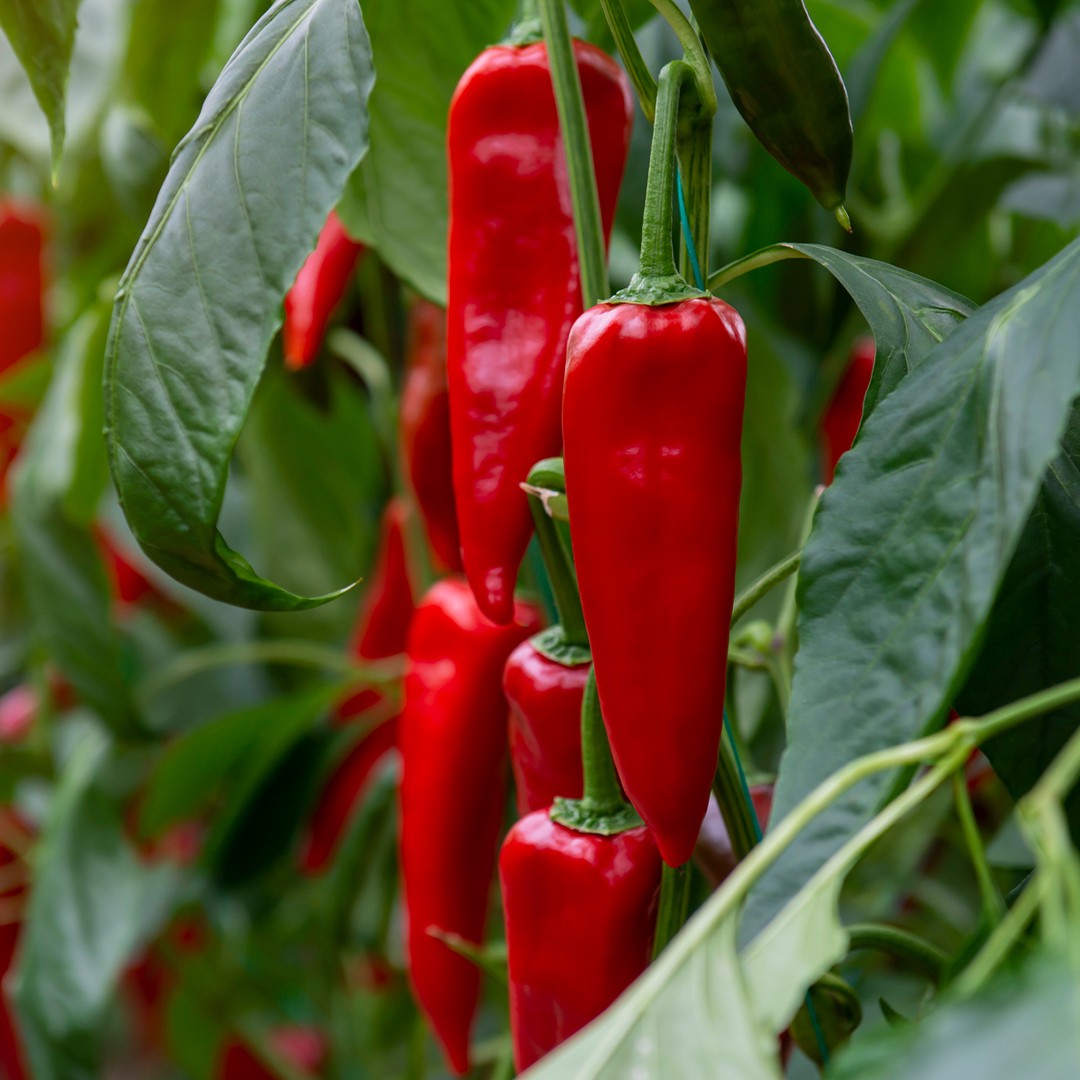
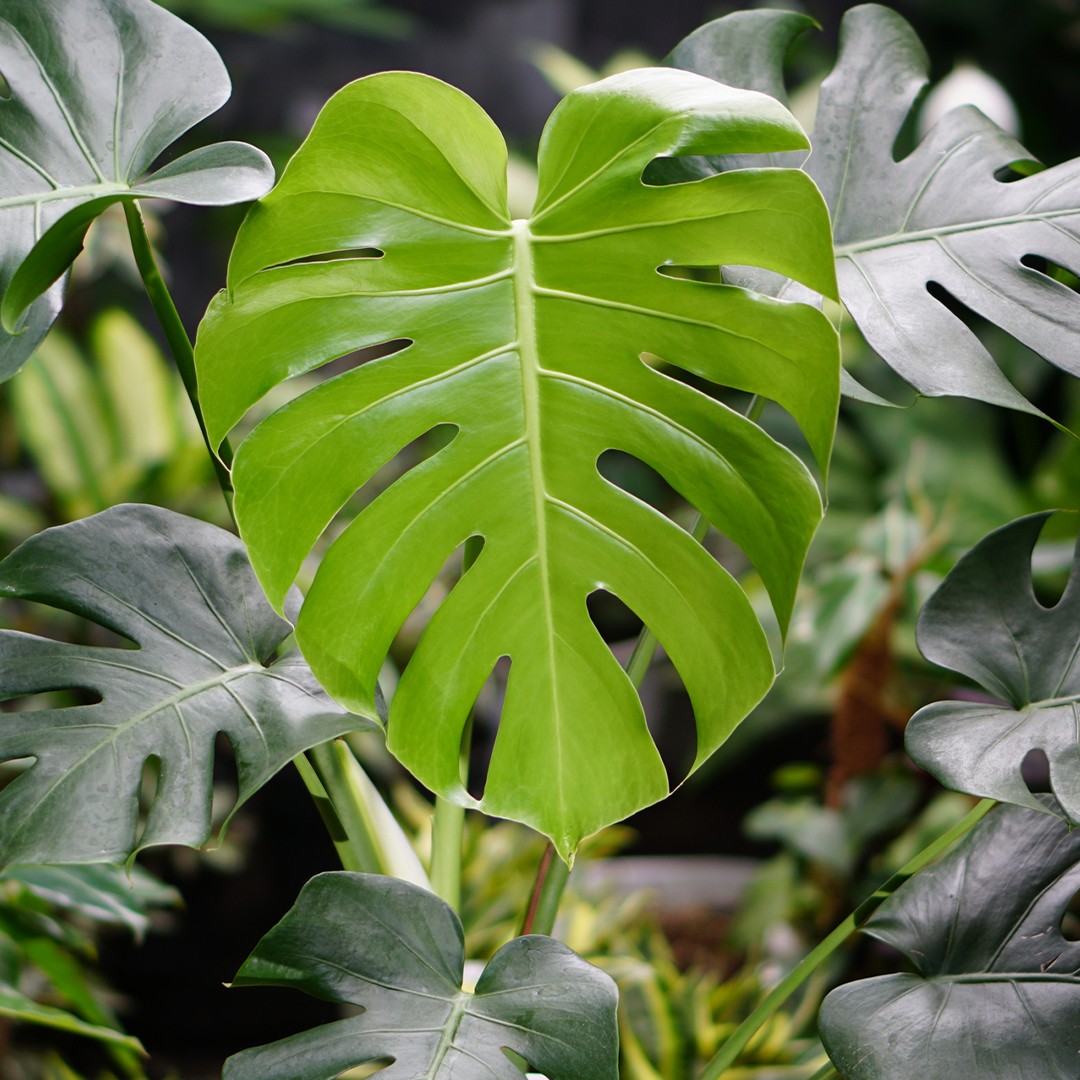
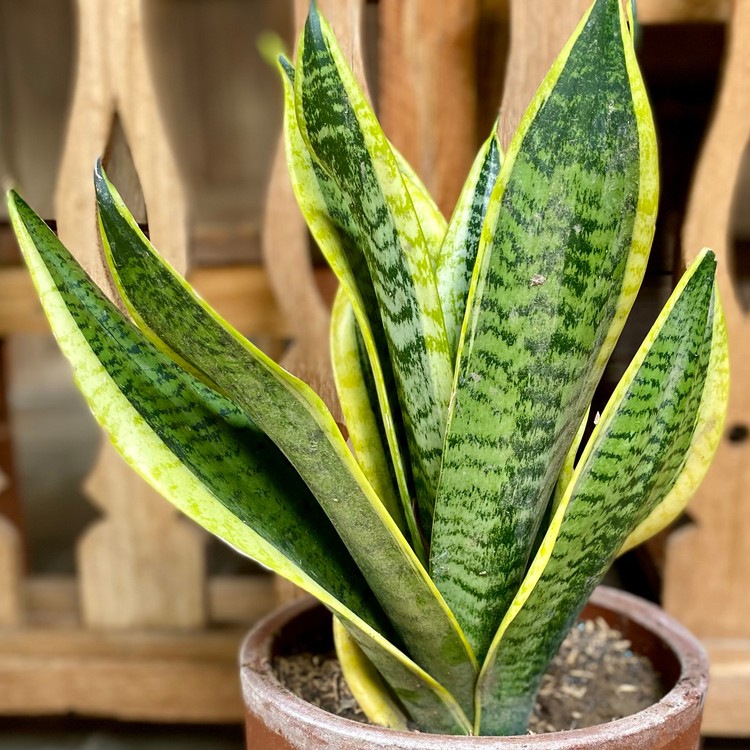
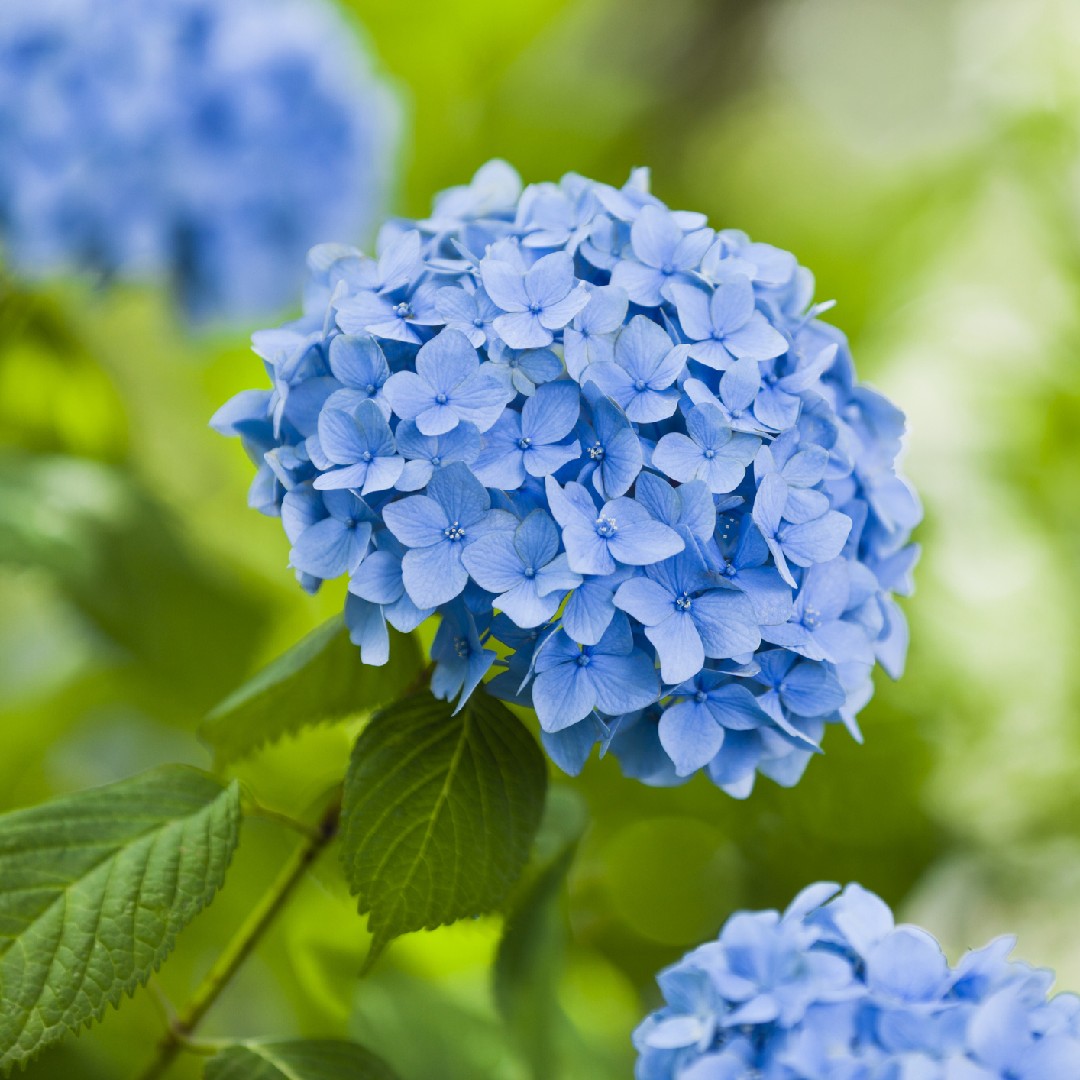
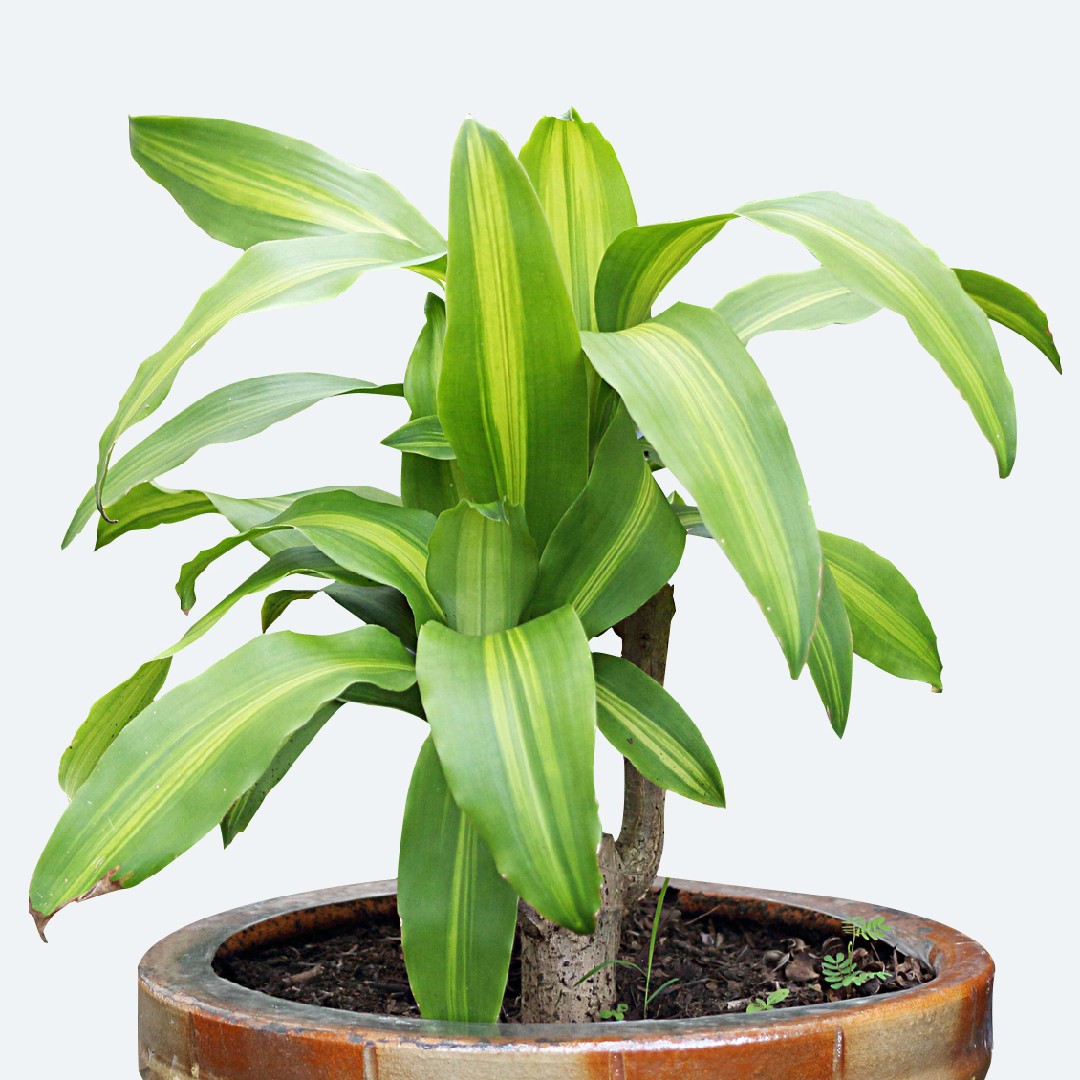
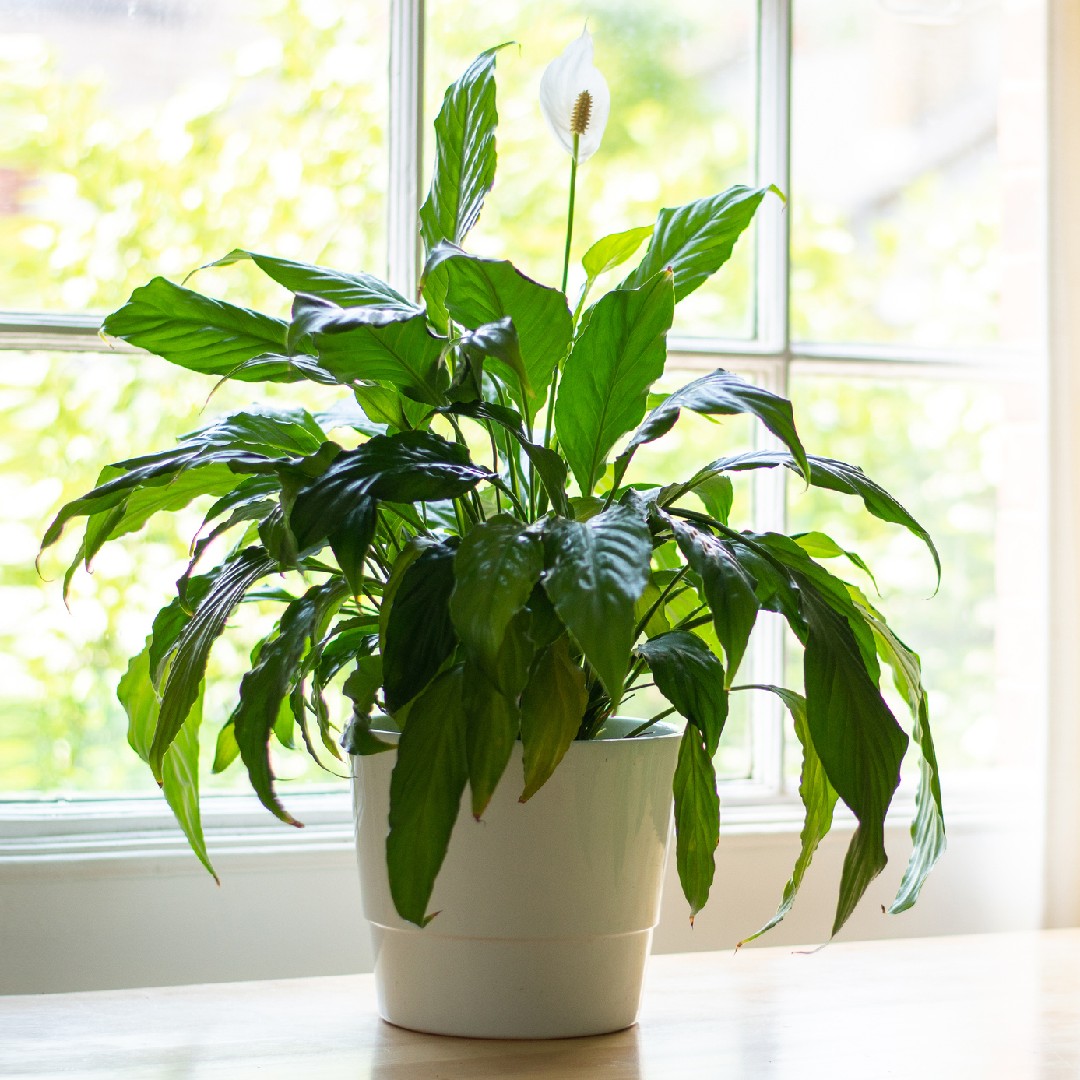






 Watch how sunlight gracefully moves through your garden, and choose spots that provide the perfect balance of light and shade for your plants, ensuring their happiness.
Watch how sunlight gracefully moves through your garden, and choose spots that provide the perfect balance of light and shade for your plants, ensuring their happiness. 






